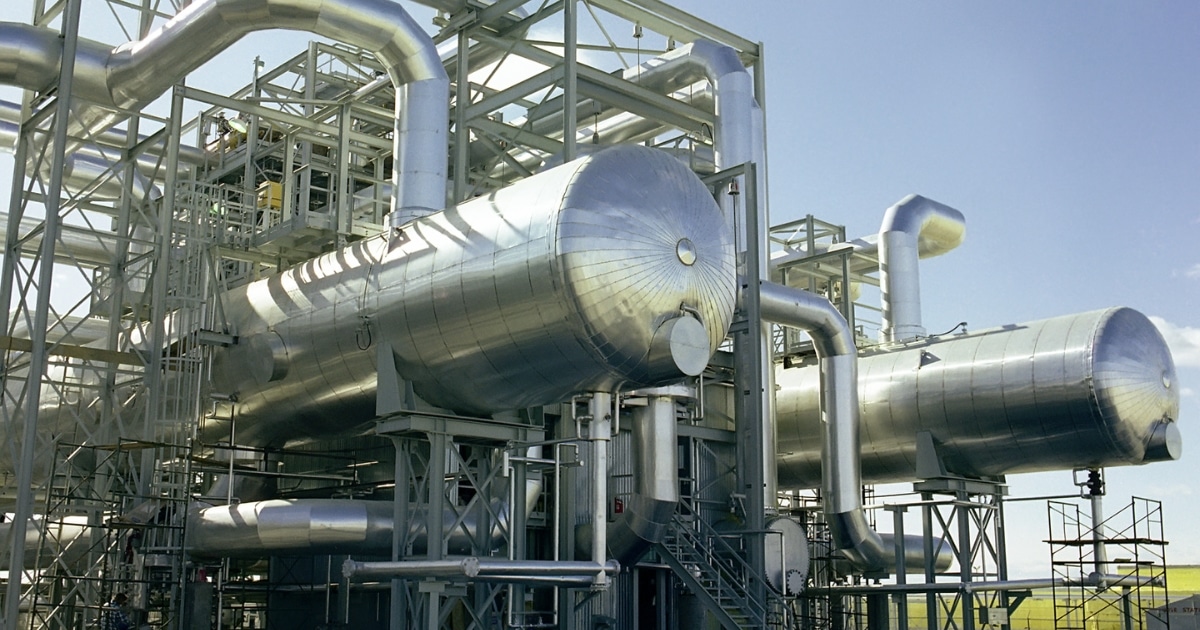The shipbuilding industry employs complex fabrication that integrates cutting-edge technology and traditional craftsmanship. Every project begins in the shipyard, where workers transform raw materials into large-scale maritime vessels equipped for various functions like cargo vessels and sleek cruise ships. The process begins with detailed design and planning, advancing through stages such as material selection, cutting, assembly, and welding—each critical to ensuring the ships’ structural integrity and functionality.
We’ll explore the steps of ship fabrication, advanced welding techniques, and modern innovations shaping the future of shipbuilding.
Understanding Ship Fabrication
Ship fabrication begins with extensive design and planning, leveraging 3D modeling and simulations to ensure precision from the outset. Material selection follows, focusing on high-quality steel and alloys that provide strength and corrosion resistance central to marine environments.
This process involves several critical steps:
- Design and planning: Every ship begins with a detailed design, where shipbuilders consider the intended use, required size, and necessary features. This phase includes drafting detailed blueprints and plans.
- Material selection and treatment: Choosing suitable materials is crucial. Most ships are primarily made from high-quality steel, known for its strength, durability, and corrosion resistance—attributes essential for withstanding the harsh marine environment.
- Cutting and shaping steel plates: Large steel plates are cut and shaped into parts of the ship’s structure, such as the hull, deck, and bulkheads. This process often involves advanced machinery and plasma arc cutting, ensuring precision and efficiency.
- Assembly: The cut pieces are assembled into larger sections of the ship. These parts are staggered, beginning with smaller sections and advancing to larger assemblies, ensuring structural integrity and alignment. This step is typically done using high-precision welding methods, which results in strength and durability.
- Welding: Arc welding is a primary technique used in shipyards. Welders must have specific certifications to handle the complex welding tasks required to assemble large ship sections securely.
- Outfitting: Once the basic structure is assembled, outfitting begins, which encompasses installing mechanical, electrical, and interior systems and equipment. Outfitting can also involve adding insulation and other materials that improve the ship’s functionality and safety.
- Testing and quality control: Throughout fabrication, rigorous testing ensures every component meets strict safety and quality standards to confirm structural integrity, weld quality, and resistance to environmental factors.
Welding Techniques in Shipbuilding
For ship welding, several advanced welding methods can be used to cater to the diverse needs of large-scale, turnkey solutions:
- MIG welding (GMAW) and pulsed MIG welding (GMAW-P): GMAW and GMAW-P are favored for their speed and effectiveness, especially suitable for lengthy welds on thick materials typically found in hull construction.
- TIG welding (GTAW) and pulsed TIG welding (GTAW-P): Known for their high-quality finishes, GTAW and GTAW-P are used in areas requiring fine detail and superior aesthetics, such as welding visible ship elements and vital components.
- Stick welding (SMAW): Valued for its versatility and simplicity, SMAW is extensively used across various stages of ship assembly and is adaptable to different environments within the shipyard.
- Flux-cored arc welding (FCAW): This method excels in outdoor conditions and is particularly effective for robust construction tasks due to its deep penetration and protection against environmental contamination.
Less prioritized but invaluable techniques like plasma arc welding, laser welding, and electron beam welding contribute to specialized tasks that require high precision. Meanwhile, cutting services such as waterjet, laser, and plasma cutting are integral in shaping materials to exact specifications, and metal-forming services like press braking and roll forming further shape the materials into detailed components. Additional fabrication-related services, including stress-relieving, heat-treating, and grinding, ensure the final products meet stringent quality standards, emphasizing the industry’s shift toward comprehensive solutions that streamline the entire shipbuilding process.
These methods are complemented by automated shipyard welding systems that enhance consistency and reduce construction time. Maritime manufacturing facilities typically implement robotic welding arms for parts of the construction process, increasing accuracy and reducing human error.
Innovations Transforming Shipbuilding
The shipbuilding process has evolved significantly with the introduction of automation and new fabrication methods:
- Automated welding systems: Robotic welding, automated cutting systems, and advanced 3D modeling are streamlining production lines, reducing human error, and cutting down construction times. Moreover, integrating IoT (Internet of Things) technologies enables better monitoring and maintenance of shipyard machinery, leading to more predictable and consistent manufacturing outcomes. These systems increase welding accuracy and decrease construction time.
- Prefabrication techniques: Large sections of the ship are prefabricated in a controlled environment, transported to the shipyard, and assembled in dry docks to enhance efficiency and quality control. Integrating modular construction techniques allows for more controlled environments, reducing the impact of external variables like weather on the shipbuilding schedule.
- 3D printing: Emerging as a tool to create complex components that are challenging to manufacture through traditional methods, 3D printing allows for more intricate designs and rapid prototyping.
- Advanced sustainable materials: The shift toward sustainability is driven by a growing awareness of environmental impact and the need for durability in harsh marine conditions. Innovations such as corrosion-resistant alloys and lightweight composites are becoming more prevalent. These materials extend the life span of ships and reduce the environmental footprint during the construction and operational phases.
Navigating the Future of Shipbuilding
Integrating modern fabrication methods and welding techniques will be imperative as shipbuilding evolves. Technological and engineering innovations are set to significantly improve maritime vessel construction efficiency, safety, and sustainability. The ongoing advancement of these technologies promises to reshape shipbuilding, ensuring the industry remains at the forefront of modern engineering practices. For those seeking to leverage these advancements in their shipbuilding projects, Baker Industries offers comprehensive solutions tailored to the maritime sector. Explore our capabilities and how we can support your next shipbuilding venture.


